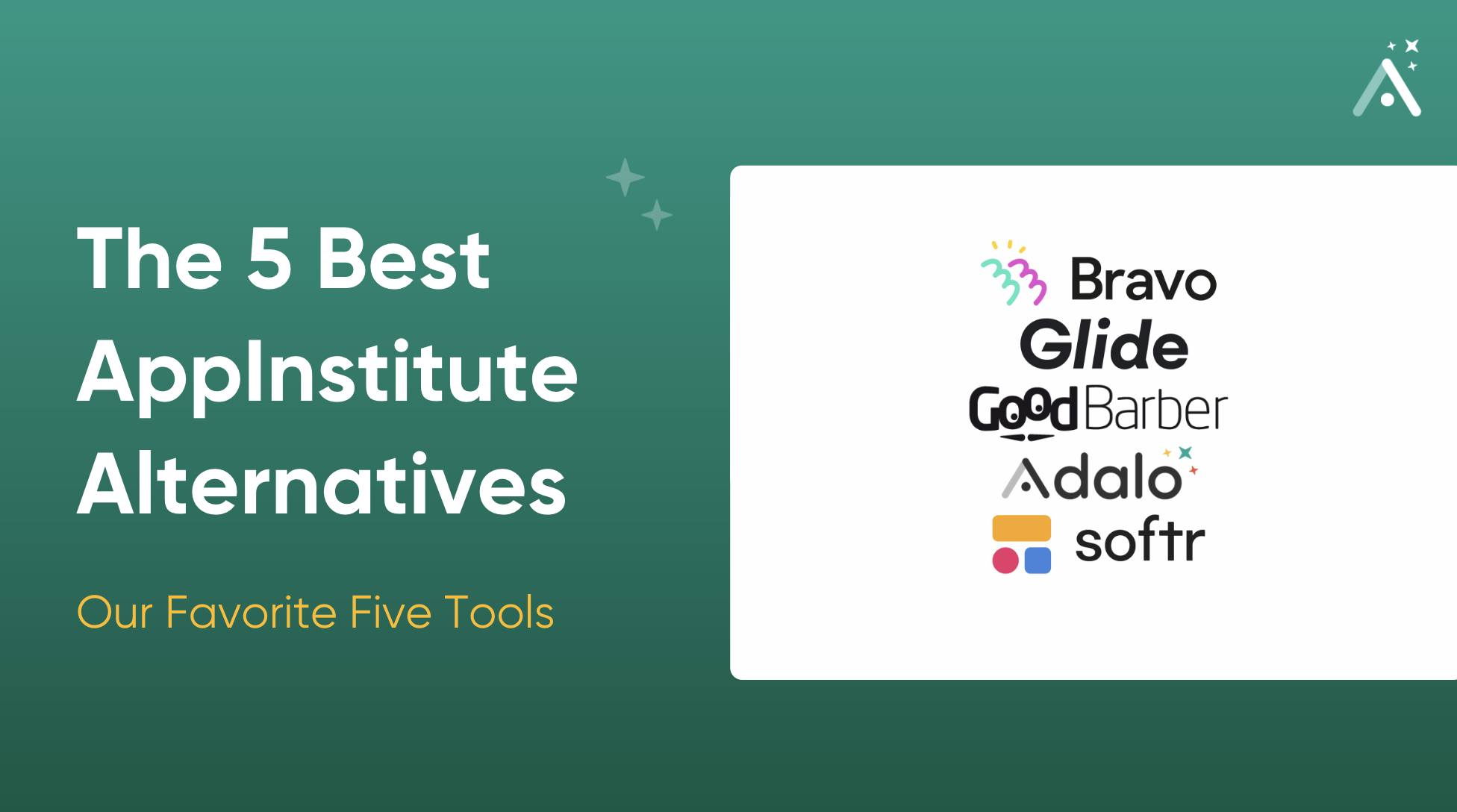You’ve taken the effort to figure out how to publish an app; whether it’s for yourself or for your client as part of your mobile app development agency – but instead of being met with relief and congratulations, you find out it has been rejected!
The app store policy can seem murky, but it doesn’t have to be that way.

How to figure out app publishing
Apple has clearly outlined a list of twenty eight considerations to make sure your app gets published in the App Store Review Guidelines. The Apple App Store and Google Play app publishing policies are different, so to get your app live and running in both, you’ll need a clear understanding of the specific guidelines and submission requirements for each.
We’ve gathered some incredibly helpful resources on how to publish an app which will give you an introduction to common reasons for rejection and how to guarantee that your app gets published.
The top reasons for for it are
- The user interface (UI)
- The user experience (UX)
- The application features
- The functionality of the app
If you’re familiar with what you need to get your app published right from the get-go, it’ll make the process much easier.
How to avoid getting your mobile app rejected
- Describe the app properly
You must submit an app description when submitting your app that explains what the app is for – this information must be accurate and not misleading in any way. Keep in mind that the description is unique, reliable, and doesn’t overpromise. The less ambiguous or inaccurate your description is, the less likely it is that your app will be rejected.
- Keep performance 💯
A great app idea, slick design, and top-notch illustrations aren’t enough. In fact, even good features won’t make the cut. The app stores expect your app to work seamlessly. Performance issues leads to unhappy users, so make sure that your QA testing for mobile apps is done well. Look out for any confusion in the onboarding, login, navigation, page loads, and broken links.
- Bye-bye bugs
Remember that your app will undergo a series of stress and performance tests designed to break your app. The app stores take submissions quite seriously, as they should, which means they reject apps that can cause system failures or crashes on users’ phones. When QA testing, if you find app crashes or performance issues creeping up, don’t risk it. Fix those issues first and then consider publishing.
You can do this more easily by releasing a beta version that a limited audience uses, that will help identify issues with different devices. Test every feature, screen, and pay attention to the load times. Any problems relating to long load times or crashes will be grounds for rejection. You can use Apple’s TestFlight or other third-party services to get beta testers.
- Great UI
We know that nobody wants to build an app with a user interface that isn’t excellent – but mobile apps are actually less subjective than you imagine when it comes to design. There are many guidelines and essential requirements that don’t have much wiggle room for creative freedom. The goal for app stores is to actually keep things predictable!
A successful mobile app is built on the principles of good user-centered design and user interference. Apple’s App Store Review Guidelines clearly state that, “If your user interface is complex or less than very good, it may be rejected”.
Use these resources to get a better sense of what good UI for mobile apps looks like:
- Designing Great Apps by Apple Developer
- iOS Human Interface Guidelines
- Design for Android by Android Developer
- Material 3 Open Source Design System
- Robust privacy policy
A privacy policy is an legally-binding agreement that indicates clearly to your users how your app will collect, use, handle, and store personal data. It should explain exactly how you use the specific data that you collect and whether or not you share it with other third-party entities.
Remember that even if your app is not collecting any personal data, you should still have a privacy policy in place. It can simply state that your app is not obtaining any personal information from your user in any way. To avoid your app getting rejected, make sure that your privacy policy is easily accessible and covers any unforeseen gaps.
- Provide all the information
A common reason for rejection is “more information needed”, which can be utterly confusing to you, the publisher! This happens when an app is submitted to the app stores for review and the review team doesn’t have enough information and material to test the app. Make sure any special considerations are considered when submitting your app for review and publishing, more information is always better.
Key Takeaways
You don’t have to figure it all out on your own! Even if you’re doing this for the first time, Apple and Google provide step-by-step guides on submitting an app. Use this to your advantage and get all you need to ensure your success the first time.
To recap, we recommend these tips to avoid app store rejection:
- Follow submission guidelines from the start
- Pay attention to the top reasons for rejection
- Treat app development as a journey, and don’t give up!
















